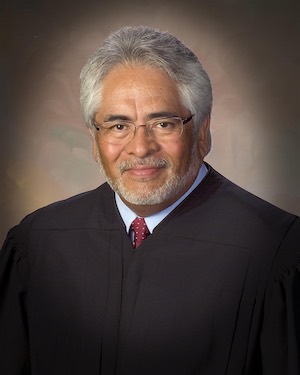 Several weeks ago, the Federal Circuit issued an en banc decision in Wi-Fi One, LLC v. Broadcom Corp.
Several weeks ago, the Federal Circuit issued an en banc decision in Wi-Fi One, LLC v. Broadcom Corp.
This dispute arose because Congress provided that the Director’s determination “whether to institute an inter partes review under this section shall be final and nonappealable.” Id. § 314(d). Notwithstanding, Congress similarly prohibited the Director from instituting inter partes review if the petition requesting that review is filed more than one year after the petitioner, real party in interest, or privy of the petitioner is served with a complaint for patent infringement. 35 U.S.C. § 315(b).
A panel of the Federal Circuit previously held that a § 315(b) time-bar determination is final and nonappealable under § 314(d). See Achates Reference Publishing, Inc. v. Apple Inc. Therefore, in this en banc appeal, the Federal Circuit had to determine whether the bar on judicial review of institution decisions in § 314(d) applies to time-bar determinations made under § 315(b).
The Federal Circuit reversed Achates, and ruled that time-bar determinations under § 315(b) are appealable.
“We find no clear and convincing indication in the specific statutory language in the AIA, the specific legislative history of the AIA, or the statutory scheme as a whole that demonstrates Congress’s intent to bar judicial review of § 315(b) time-bar determinations,” wrote Reyna (pictured left) in the majority opinion. The lack of such a clear and convincing indication from Congress coupled with the strong presumption in favor of judicial review of agency actions lead the majority to hold that time-bar determinations under § 315(b) are appealable. Therefore, this decision overrules Achates’ contrary conclusion.
Substantively, the majority explained that, after reviewing the entire statutory scheme as a whole, § 315 is not substantively related to the institution decision addressed in § 314(a), and it therefore is not subject to § 314(d)’s bar on judicial review.
A concurring opinion was filed by Judge O’Malley. In her concurring opinion, Judge O’Malley wrote that she agreed with the ruling of the majority, but thought the majority made the question more difficult than it needed to be. O’Malley wrote:
If the United States Patent and Trademark Office (“PTO”) exceeds its statutory authority by instituting an IPR proceeding under circumstances contrary to the language of § 315(b), our court, sitting in its proper role as an appellate court, should review those determinations. Indeed, we should address those decisions in order to give effect to the congressionally imposed statutory limitations on the PTO’s authority to institute IPRs.
O’Malley further explained:
Section 314(d)’s bar on appellate review is directed to the Director’s assessment of the substantive adequacy of a timely filed petition. Because § 315(b)’s time bar has nothing to do with the substantive adequacy of the petition and is directed, instead, to the Director’s authority to act, § 314(d) does not apply to decisions under that provision.
Tags: CAFC, Federal Circuit, Inter Partes Review, IPR, patent, patents




You share in the PLI Practice Center community, so we just ask that you keep things civil. Leave out the personal attacks. Do not use profanity, ethnic or racial slurs, or take shots at anyone's sexual orientation or religion. If you can't be nice, we reserve the right to remove your material and ban users who violate our Terms of Service.